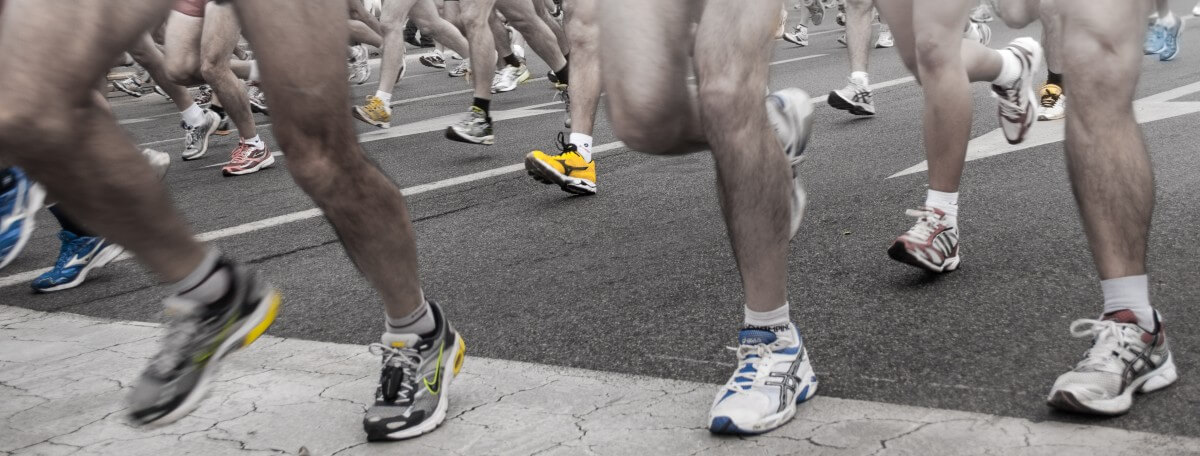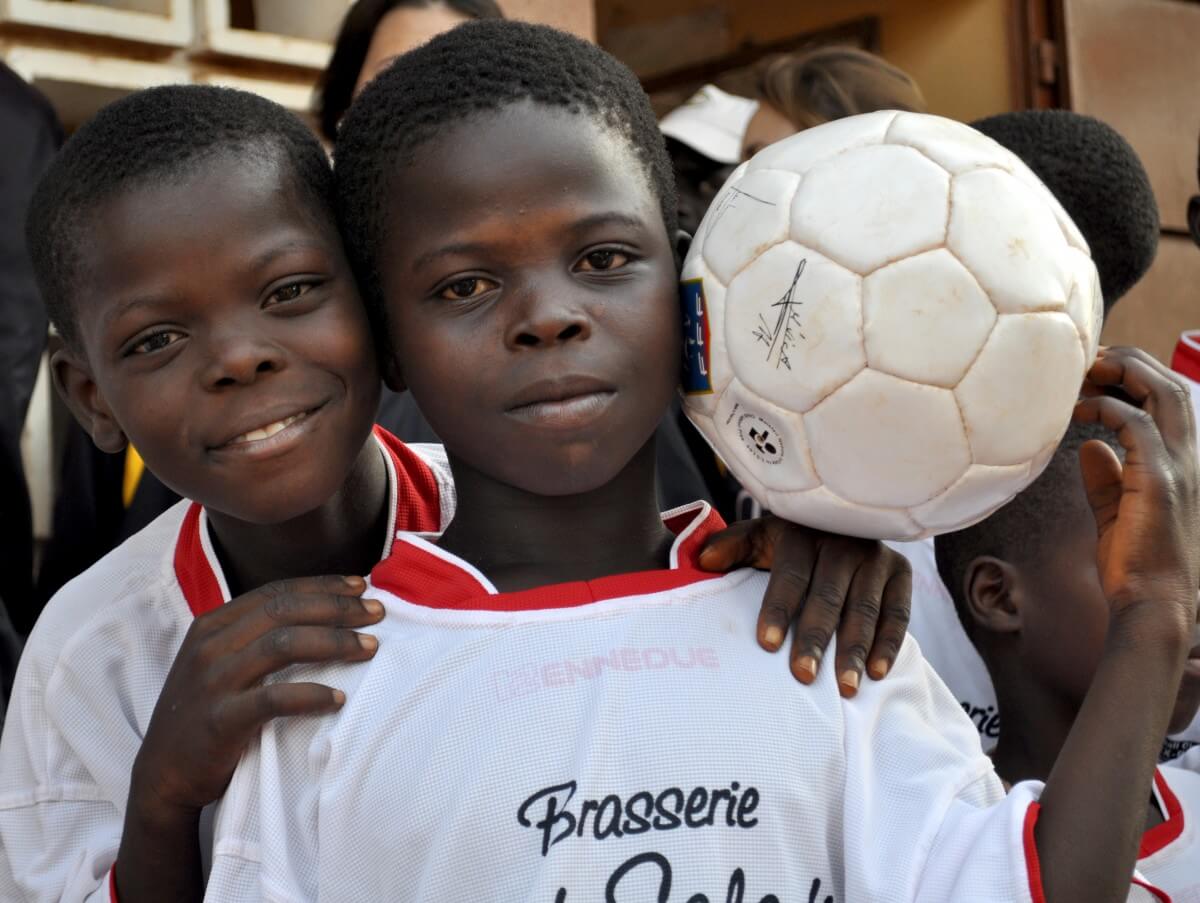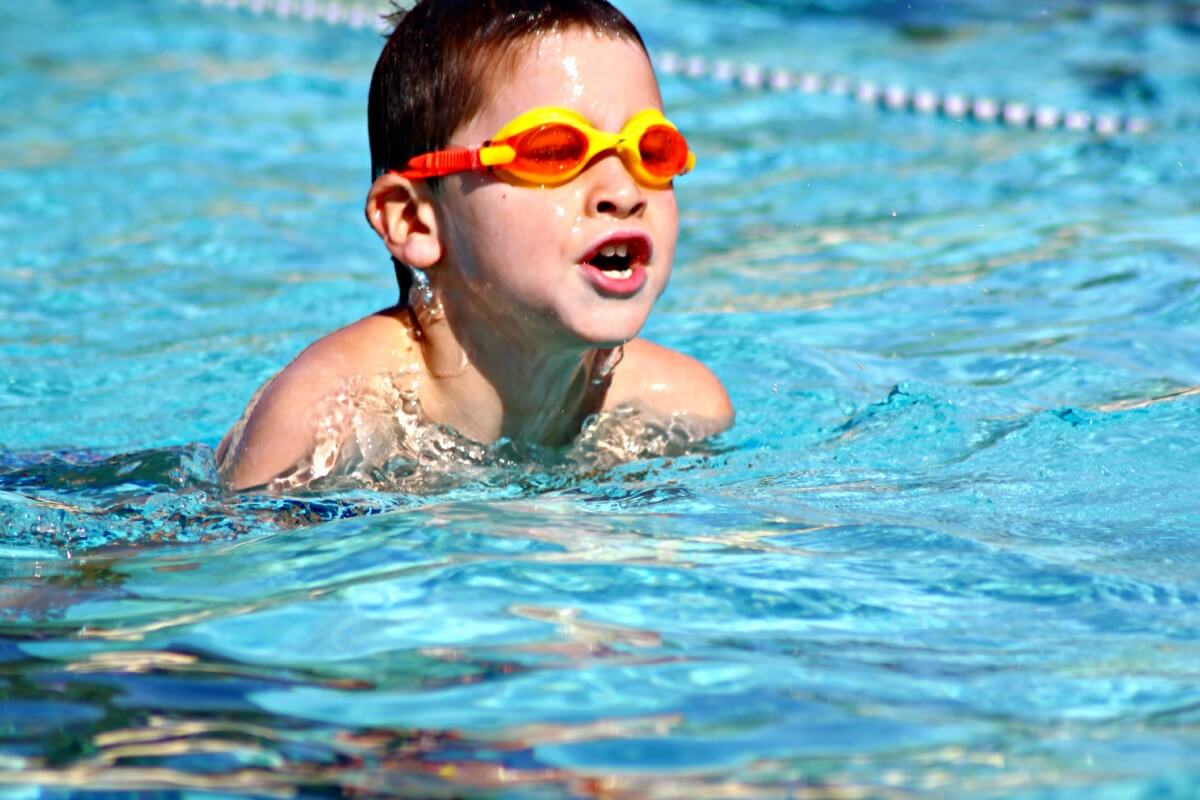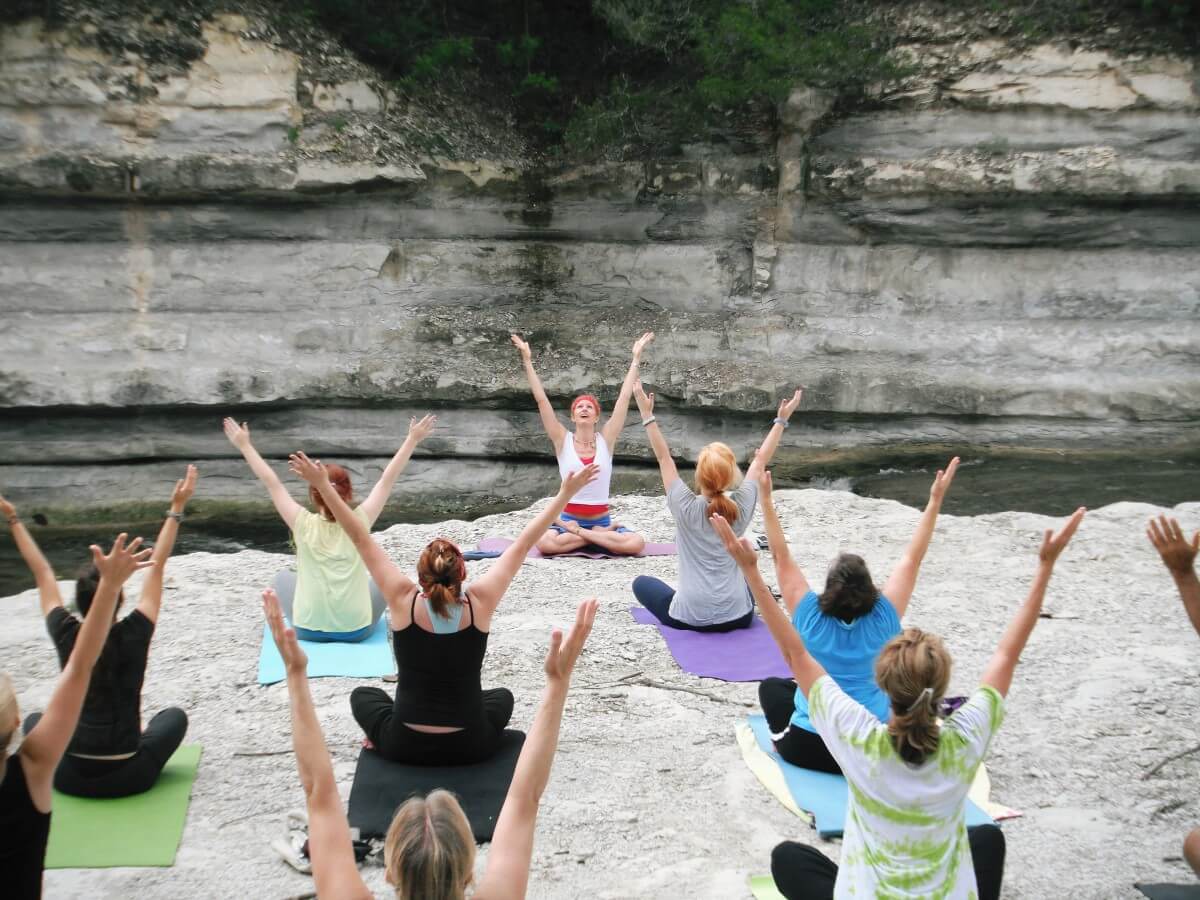
(2 Minute Read)
Whitehead (2013, p.29) defines physical literacy as “the motivation, confidence, physical competence, knowledge and understanding to value and take responsibility for engagement in physical activity throughout the life course.” As a concept, physical literacy underpins the Society of Health and Physical Educators (SHAPE America) National Standards and Grade level outcomes for K-12 Physical Education (2021). SHAPE America, as an organization, offers support, networking, and educational resources for health and physical educators throughout the United States. At present, the concept of physical literacy offers an opportunity for physical educators to embrace a practical and actionable platform that will advocate for quality physical education in the school setting and opportunities for all-age physical activity throughout the community. The following are three actionable strategies physical educators at all grade levels can adopt to establish and maintain a physically literate community.
- As an ambassador of health and well-being within the community and school setting, the physical educator should take the initiative to understand and embrace the concept of physical literacy and how it can be used to support the implementation of a quality physical education curriculum. This can serve to embolden the value and importance of physical education as an academic subject that can launch a pattern of physical activity for youth and throughout their lifespan.

- School district physical educators at all grade levels can work together to inform and educate fellow teachers, staff, and students on how physical literacy as a concept is important to the physical and mental health and well-being of every member within the school community. Efforts should be made to “showcase” and host “open forums” for school administrators, school boards, and parents to better understand how a quality physical education curriculum can serve as a means to provide each child the movement competence and confidence needed to fulfill the vision of a physically literate community.

- Physical educators at all grade levels can open communication and align with community recreation, youth sport organizations, and various private health and fitness businesses to promote physical activity and physical literacy throughout their community. Healthy People 2030, the National Physical Activity Plan, and the National Youth Sport Strategy are national initiatives supported by the U.S. Department of Health and Human Services and various professional organizations to promote physical literacy, physical activity, and healthy lifestyles in schools, the workplace, and other community sectors. Physical educators can demonstrate the value of quality physical education in support of these important initiatives to help support and increase participation in community recreation, fitness, physical activity, and youth sports.

In closing, physical educators through personal effort and community collaboration, have an opportunity to use the concept of physical literacy as a tool to advocate and promote the value of quality physical education in the school setting. Further, by acknowledging the importance of several national initiatives regarding physical activity, the physical educator can become an important community spokesperson and resource to generate the collective impact needed to improve the health and well-being of every community.
References
National Physical Activity Plan Alliance (2021). National Physical Activity Plan. Retrieved on August 15, 2021 from https://paamovewithus.org/national-physical-activity-plan/
Society of Health and Physical Educators America (2021) National Physical Education Standards-SHAPE America Sets the Standards. Retrieved August 15, 2021 from https://www.shapeamerica.org/standards/pe/
United States Department of Health and Human Services (2021). Healthy People 2030. Retrieved August 15, 2021 from https://health.gov/healthypeople
United States Department of Health and Human Services (2021). National Youth Sports Strategy. Retrieved August 15, 2021 from https://health.gov/our-work/physical activity/national-youth-sports-strategy
Whitehead, M. (2013). The history and development of physical literacy. International Council of Sport Science and Physical Education (ICSSPE), (65).

